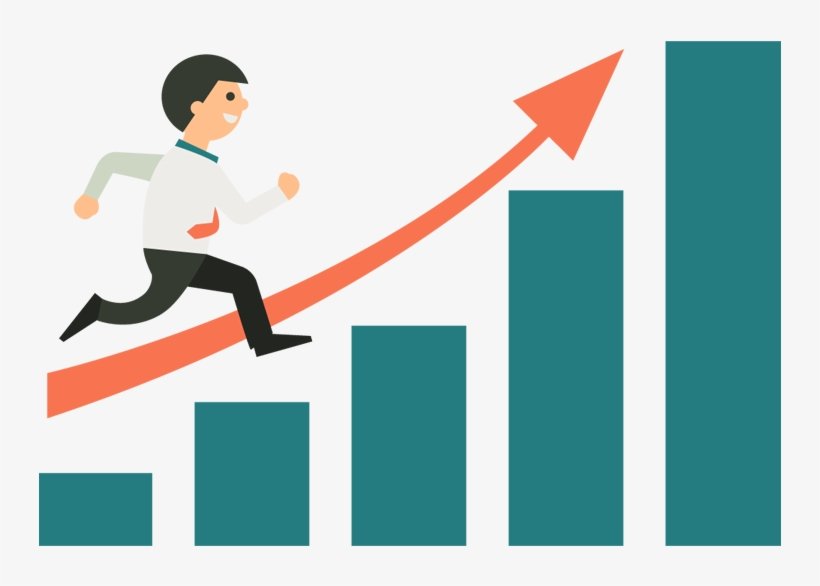Sales Incentive Programs: A Strategic Approach to Sales Team Motivation and Performance Enhancement
High-performing sales teams are fundamental to organizational success, driving revenue generation and market penetration. However, maintaining consistent motivation and engagement within a sales force presents ongoing challenges. Strategic sales incentive programs offer a robust solution, aligning individual and team goals with broader organizational objectives. This article explores the multifaceted benefits of well-designed sales incentive programs, grounding its analysis in relevant motivational theories and organizational behavior principles such as Expectancy Theory, Goal-Setting Theory, and Reinforcement Theory. Expectancy Theory posits that motivation is driven by the belief that effort will lead to performance, performance will lead to rewards, and the rewards are valued. Goal-Setting Theory emphasizes the importance of specific, challenging, and attainable goals in maximizing performance. Reinforcement Theory highlights the impact of positive reinforcement on behavior repetition. These theories underpin the design and implementation of effective incentive programs.
Goal Alignment and Performance Optimization: Sales incentive programs strategically link individual and team performance to organizational goals. By establishing clear, measurable, achievable, relevant, and time-bound (SMART) goals and rewarding their attainment, organizations ensure everyone works collaboratively towards shared objectives. This aligns with Goal-Setting Theory, maximizing performance through clear goal definition and the provision of appropriate feedback. The application of this concept involves setting specific sales targets (e.g., revenue targets, lead generation targets, customer acquisition costs), providing regular performance feedback, and rewarding achievements with tangible incentives.
Enhanced Motivation and Morale: Incentive programs significantly elevate team morale and motivation. The provision of rewards—financial (bonuses, commissions), non-financial (recognition, awards, promotions), or experiential (trips, events)—validates employee contributions and fosters a positive work environment. This aligns with Expectancy Theory, fulfilling the reward aspect of the motivation equation. In practice, this involves creating a transparent reward system, ensuring equitable distribution of rewards, and celebrating successes publicly. Examples include monthly performance awards, quarterly bonus schemes tied to exceeding targets, and annual awards ceremonies.
Cultivating a Culture of Healthy Competition and Collaboration: Well-structured incentive programs can foster both healthy competition and collaboration. Individual rewards can encourage personal performance while team-based rewards promote collaborative efforts and knowledge sharing. This dynamic aligns with principles of social comparison and group dynamics. Real-world examples include team-based sales contests with shared rewards for achieving collective targets and peer recognition programs highlighting collaborative successes.
Talent Retention and Development: Competitive incentive programs are crucial for attracting and retaining top talent, especially in demanding sales environments. By demonstrating the organization’s value for employee contributions, incentive programs significantly reduce turnover. This also extends to investment in sales team development via training programs and professional development opportunities, which can also be incentivized. This is directly linked to the concept of organizational commitment and employee engagement. For example, companies can offer tuition reimbursement for relevant courses or provide mentorship opportunities linked to performance improvement.
Improved Customer Satisfaction and Loyalty: Motivated sales representatives are more likely to prioritize customer satisfaction, leading to increased customer loyalty and repeat business. Incentive programs can be tailored to reward excellent customer service and client retention. This reflects the principle of customer-centricity and the reciprocal relationship between employee satisfaction and customer satisfaction. Incentives can include bonuses for positive customer feedback scores, referrals, or increased customer lifetime value (CLTV).
Data-Driven Performance Measurement and Strategy Optimization: Incentive programs generate valuable performance data, providing insights into individual and team effectiveness. This data facilitates data-driven decision-making, enabling organizations to optimize sales strategies, identify areas needing improvement, and refine future incentive programs. This is a direct application of quantitative performance management and data analytics in strategic decision making. Key Performance Indicators (KPIs) that are tracked include conversion rates, average deal size, customer acquisition cost, and sales cycle length.
Continuous Improvement and Program Adaptation: Successful incentive programs are not static; they evolve to align with changing market conditions and organizational goals. Regular evaluations, feedback mechanisms, and data analysis allow for continuous improvement and adaptation, ensuring continued effectiveness. This process involves ongoing monitoring of program impact and seeking regular employee feedback. This ensures the program remains relevant, motivating, and aligned with current business objectives.
Conclusions and Recommendations
Sales incentive programs are a powerful strategic tool for driving sales team performance and achieving organizational objectives. By leveraging motivational theories, aligning incentives with SMART goals, and utilizing data-driven approaches to program design and evaluation, organizations can maximize the effectiveness of their programs. Future research could explore the optimal balance between individual and team-based incentives, the impact of different reward types on motivation, and the long-term effects of incentive programs on employee engagement and organizational culture. It’s crucial to regularly review and adapt incentive structures to ensure they remain relevant and effective in motivating sales teams within an ever-changing business environment. The impact extends beyond immediate sales results to encompass organizational culture, employee engagement, and sustainable growth.
Reader Pool: What factors do you believe are most crucial in designing and implementing a highly effective sales incentive program that motivates, engages, and retains top sales talent while driving sustainable business growth?



No comments yet. Be the first to share your thoughts!